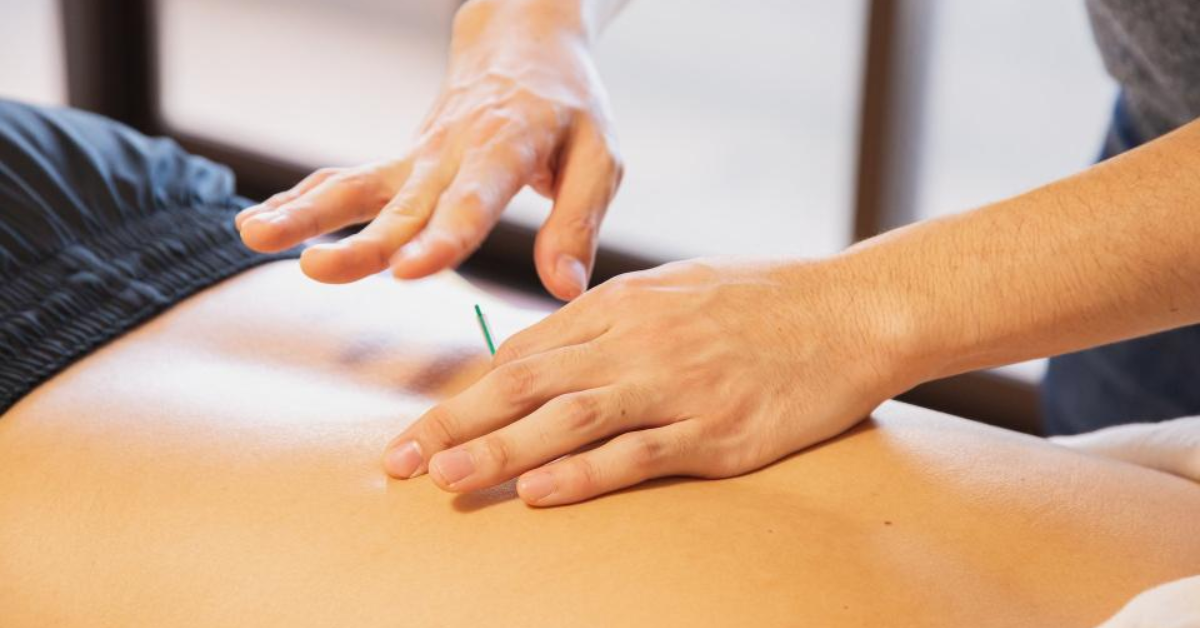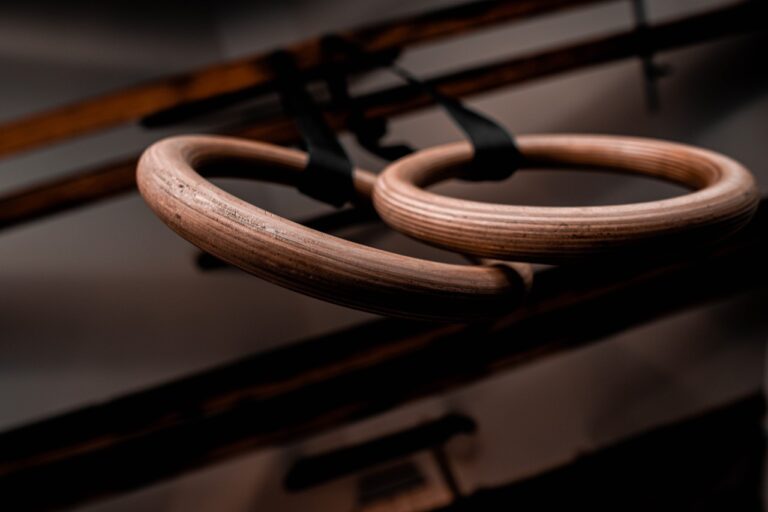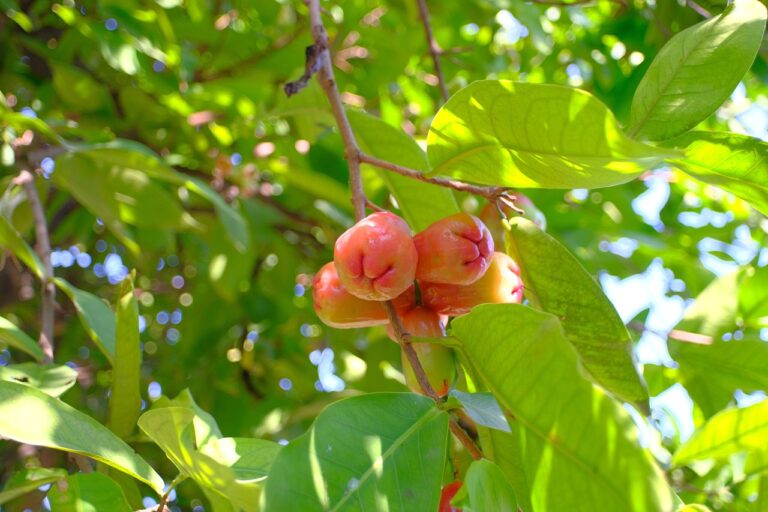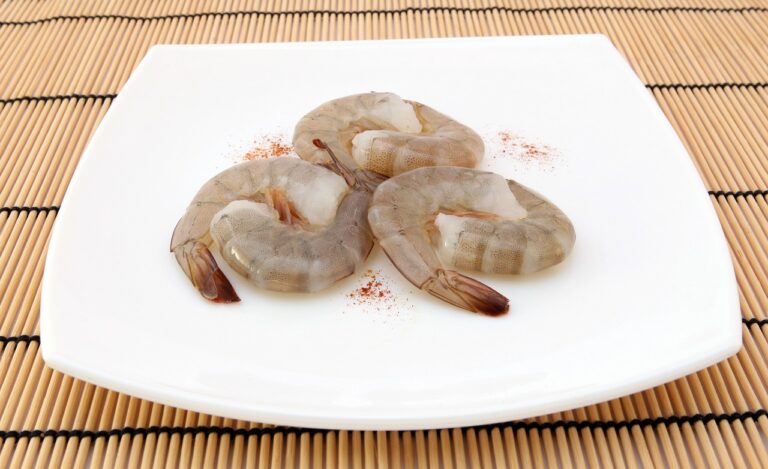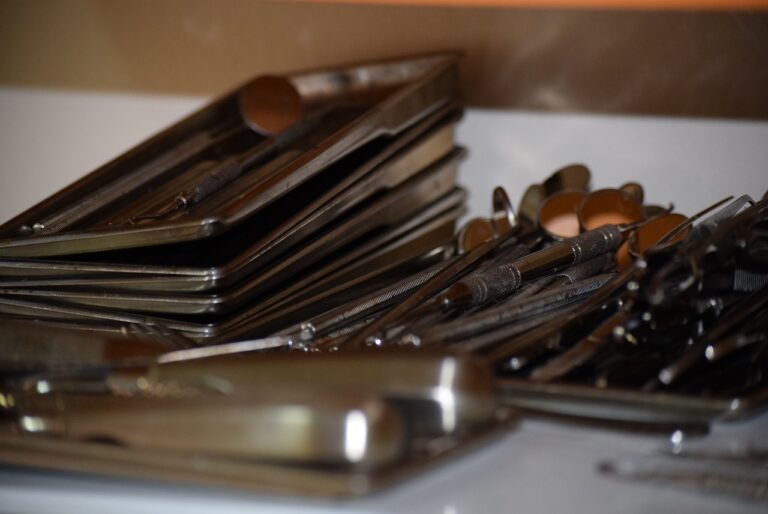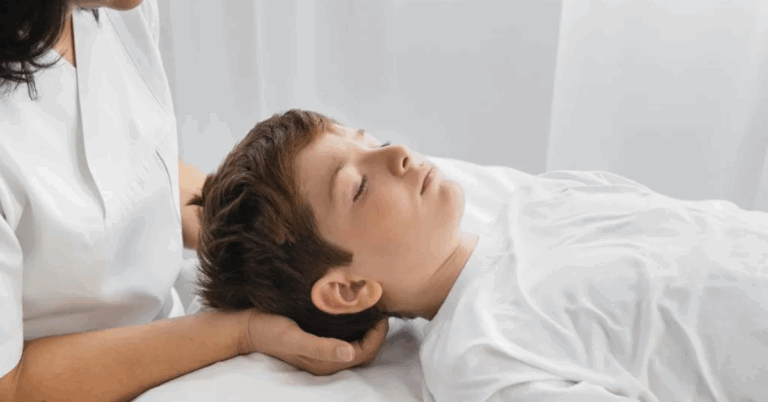Nurturing Little Health: The Role and Benefits of TCM Paediatric Massage
When it comes to children’s health and well‐being, gentle, supportive therapies can play a meaningful role. One such approach is the practice of TCM Paediatric Massage a specialised form of external therapy rooted in the principles of Traditional Chinese Medicine (TCM) that is tailored specifically for infants, toddlers and young children. This therapy involves applying gentle massage, pressing, rubbing and other manipulations of specific meridian lines and acupoints on the child’s body, in order to promote healthy growth, improve bodily function and support the prevention and treatment of common childhood complaints. Practitioners believe that by stimulating the body’s natural vital energy (qi) and harmonising organ functions, paediatric TCM massage can support children’s physical and developmental well‐being—offering parents an alternative or complementary option to standard treatments.
In this article we will explore what paediatric TCM massage is, its theoretical basis in TCM, the typical techniques and applications, the evidence for its use, benefits and limitations, and practical considerations for parents who may wish to explore it for their child.
Understanding TCM Paediatric Massage
Within Traditional Chinese Medicine, children are not viewed simply as small adults; rather their bodies and organ systems are considered to be immature, developing and thus more vulnerable to imbalances of qi, blood and organ function. Paediatric massage (often referred to as “tuī ná” paediatric style, or simply paediatric massage) draws on this view, offering a non‐invasive, manual therapy that aims to rectify disharmony in children’s meridians and organs by gentle stimulation of acupoints and soft body manipulation.
The key premise is that by promoting smooth circulation of qi and blood, regulating the function of the organs (especially the spleen, stomach, lungs and liver, which are commonly involved in childhood conditions), and supporting the child’s innate ability to grow and heal, paediatric massage can help with both prevention and treatment of paediatric issues.
Techniques may include rubbing, pressing along meridians, circular strokes on the abdomen, pinching or pulling along the spine, and lightly manipulating limbs or joints—all adapted to be safe and comfortable for young children. The younger the child (particularly under age three), the more responsive the therapy is believed to be, given that developmental plasticity is higher in early years.
Typical Applications & Indications
Paediatric massage in the TCM context is applied to a broad spectrum of age‐related health issues. For example:
-
Digestive concerns: constipation, diarrhoea, indigestion, poor appetite.
-
Respiratory issues: coughs, mild asthma, recurrent colds.
-
Growth and developmental support: enhancing immunity, supporting brain development, boosting general vitality.
-
Mild musculoskeletal or functional issues: torticollis, mild motor delays, spinal discomforts.
-
As a preventive/maintenance modality: regular gentle massage to support healthy growth and developmental resilience.
Because the therapy is non‐invasive, free of injections or pharmaceuticals, it is attractive to many parents seeking gentle interventions that are well‐accepted by children.
How It Works: Mechanisms from TCM & Modern Perspectives
From a TCM viewpoint: paediatric massage stimulates acupoints and meridians, promoting the movement of qi and blood, resolving stagnation, and harmonising organ functions. For example, massage along the spleen and stomach meridians may strengthen digestion; along the lung meridian may assist respiratory function, etc.
From a western or modern perspective: while rigorous data are still emerging, some research suggests that manual stimulation (such as massage) may influence autonomic nervous system balance (parasympathetic activation), improve circulation, promote digestive motility, enhance tactile‐sensory input (which is important for growth and brain development in early childhood), and could have a calming/regulatory effect in children. For instance, a recent systematic review found that paediatric massage in conjunction with other TCM therapies was effective and safe for certain childhood neurological conditions. Additionally, research has noted the value of regular tactile stimulation in early childhood for both physical and emotional development, which aligns with massage therapy’s premise.
Thus, while the theoretical foundations differ, paediatric TCM massage can be framed as combining tactile therapy, focused manual stimulation, and TCM‐based energetics and meridian theory.
Benefits & Advantages of Paediatric TCM Massage
Some of the key benefits highlighted by practitioners and parents include:
-
Gentle, non‐pharmacological intervention: As mentioned above, paediatric TCM massage avoids drugs and needles, making it well‐suited for children who are resistant to conventional therapies or whose parents prefer more natural options.
-
Support for multiple systems: Because many techniques target meridians related to digestion, respiration, immune function and growth, the therapy can have a broad supportive effect rather than focusing only on a single symptom.
-
Ease of integration into routine: Many massage techniques can be done regularly at home or as short sessions in a clinic, making them practical for ongoing support of the child’s health.
-
Developmental support: Early tactile stimulation and massage are believed to support not only physical growth (bone, muscle, spine) but also neurological and sensory development in children.
-
Preventive wellness: Even in children without major complaints, regular paediatric massage is viewed as beneficial to maintain healthy function, bolster immunity and reduce the likelihood of common illnesses.
-
Complementary to other therapies: Paediatric massage can be used alongside herbs, diet therapy or other TCM modalities to enhance overall effect in children with persistent issues.
Practical Techniques & Home Routine Suggestions
While clinical therapists will apply tailored protocols, parents can learn simple techniques to support their children at home. For example:
-
Abdominal circle: A gentle clockwise circling of the belly for 100–300 strokes can help support digestion and regulate the digestive organs.
-
Thumb stroke along the spleen meridian: Stroking the outer edge of the thumb from tip to base for 100–300 strokes may help strengthen digestion.
-
Palm circular motion (Ba Gua motion): On the palm, making circular stroking for 100–300 times can assist digestion/regulation of the spleen‐stomach and phlegm mechanisms in young children.
-
Pinch and knead finger joints (the four horizontal seams): Using the thumb, pinch and knead the joints at the base of the fingers (index to pinky) 10–20 times per finger to support appetite and digestion.
When done in a calm, warm environment, after a light meal (not on a full stomach), such routines can become part of a bedtime or post‐school relaxation ritual.
Clinical sessions typically last around 20-30 minutes, with the exact duration and frequency depending on the child’s age and condition. Sessions may start weekly and reduce in frequency as the condition improves or for maintenance.
Evidence & Research Outlook
Scientific study of paediatric TCM massage is growing. For example, in one systematic review and network meta‐analysis published in 2025, paediatric massage (PM) combined with other TCM therapies (such as herbal medicine or acupuncture) was found to be effective and safe in treating tic disorders in children. Research on more common conditions such as digestive or respiratory problems is less extensive but suggestive of benefit. For instance, some studies note that paediatric tuī ná improves acute diarrhoea in children.
On the other hand, while the TCM theoretical basis is well‐documented, high‐quality randomized controlled trials (RCTs) for every indication remain limited. There remains a need for more rigorous research to establish standardized protocols, dosage (frequency), and to compare with conventional therapies. Many studies note that while the therapy is promising, evidence quality is moderate to low for some conditions.
Thus, while paediatric TCM massage is a valuable tool in the integrative toolkit for children’s health, it is best viewed as a complementary therapy, not a replacement for essential medical care when needed.
Considerations, Safety and Limitations
Before choosing paediatric TCM massage for your child, here are some important points to keep in mind:
-
Choose a qualified practitioner: Ensure the therapist is trained specifically in paediatric TCM massage or tuī ná for children, as techniques differ from adult massage.
-
Do not delay medical diagnosis or care: For serious or acute conditions (e.g., high fevers, infection, major organ issues, suspected serious growth problems), parents should seek conventional medical evaluation first. Paediatric massage may complement but not replace urgent care.
-
Check for contraindications: Children with certain conditions—open skin lesions, acute infections, major systemic disease, extreme fatigue or recent surgery—may need to avoid or modify massage.
-
Use gentle strokes: The intensity and pressure must be adapted to a child’s age and constitution; too harsh manipulation can cause discomfort or distress.
-
Be consistent but realistic: Wellness benefits often accrue over time; intermittent single sessions may have limited effect unless practice is repeated regularly for weeks or months.
-
Complementary care is better: Combining the massage with good diet, sufficient sleep, appropriate physical activity and emotional care will enhance results—especially in children.
-
Monitor for improvement: Set realistic goals: improvement in digestion, better sleep, fewer coughs, calmer behaviour. If no benefit is observed after a reasonable period (e.g., several weeks), reconsider the plan and discuss with the practitioner or a paediatrician.
Summary: Why Parents Might Consider It
In the busy world of children’s health—where parents often juggle colds, digestive upsets, growth spurts, developmental milestones and general well‐being—paediatric TCM massage offers a gentle, low‐risk, supportive therapy grounded in centuries of tradition and increasingly supported by modern study. It allows children to receive nurturing care through touch, supports growth and development holistically, and can foster a closer parent–child connection through shared routines.
For children who experience mild or recurrent issues like digestive discomfort, poor appetite, mild respiratory complaints or simply for overall wellness support, TCM paediatric massage may be a valuable addition to the health plan. With proper guidance, a good practitioner, realistic expectations and consistent practice, it becomes an empowering tool for parents, supporting children’s well‐being in a natural, nurturing way.
Final Thought
In a world where child health often involves screens, fast food, stress and often medication, the art of gentle touch and manual stimulation that paediatric TCM massage represents can feel like a return to simplicity: a hand on a child’s belly, kind strokes along the back, a moment of calm connection, supporting their body’s flow of qi and vitality. It reminds us that health is not only about treating illness—but about nurturing growth, resilience and harmony from the earliest years. For many families, that can make all the difference.

